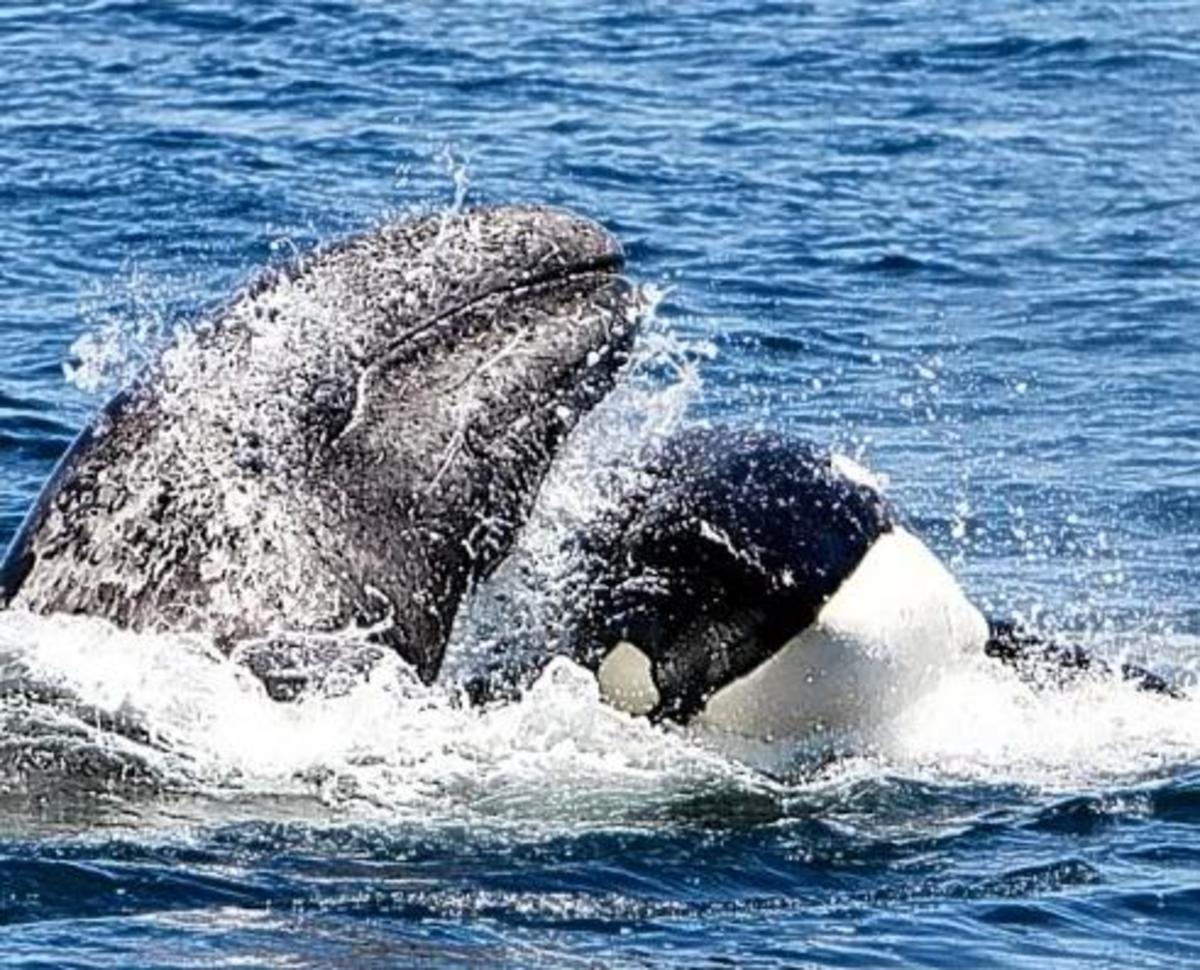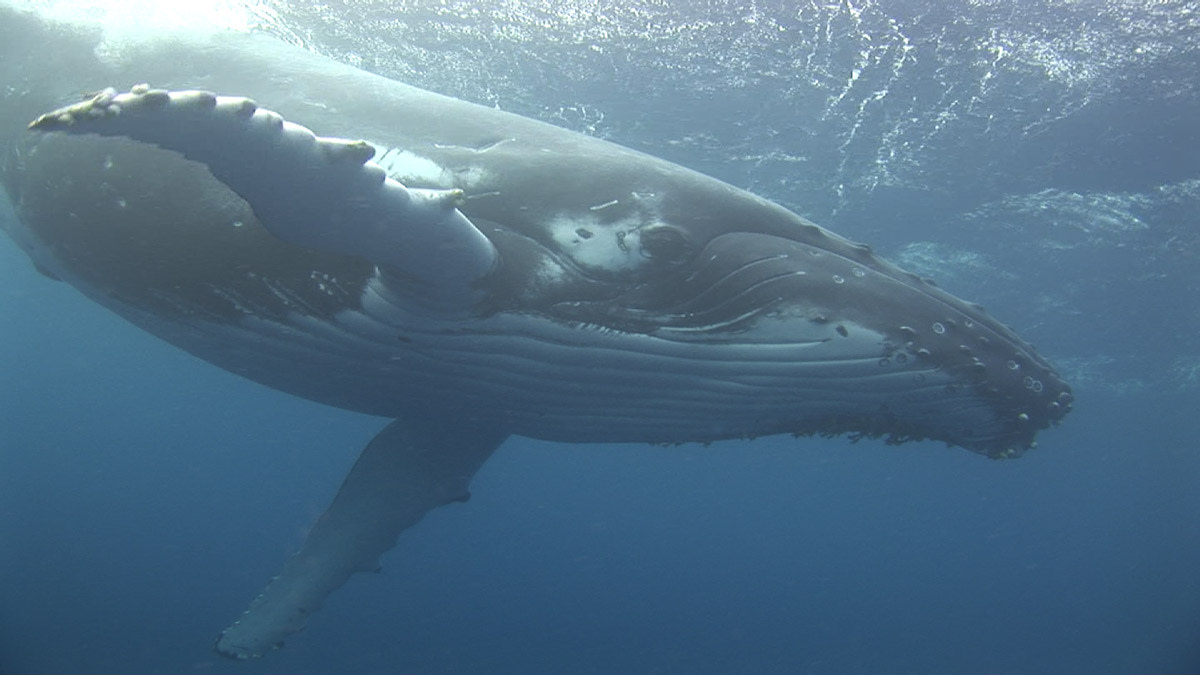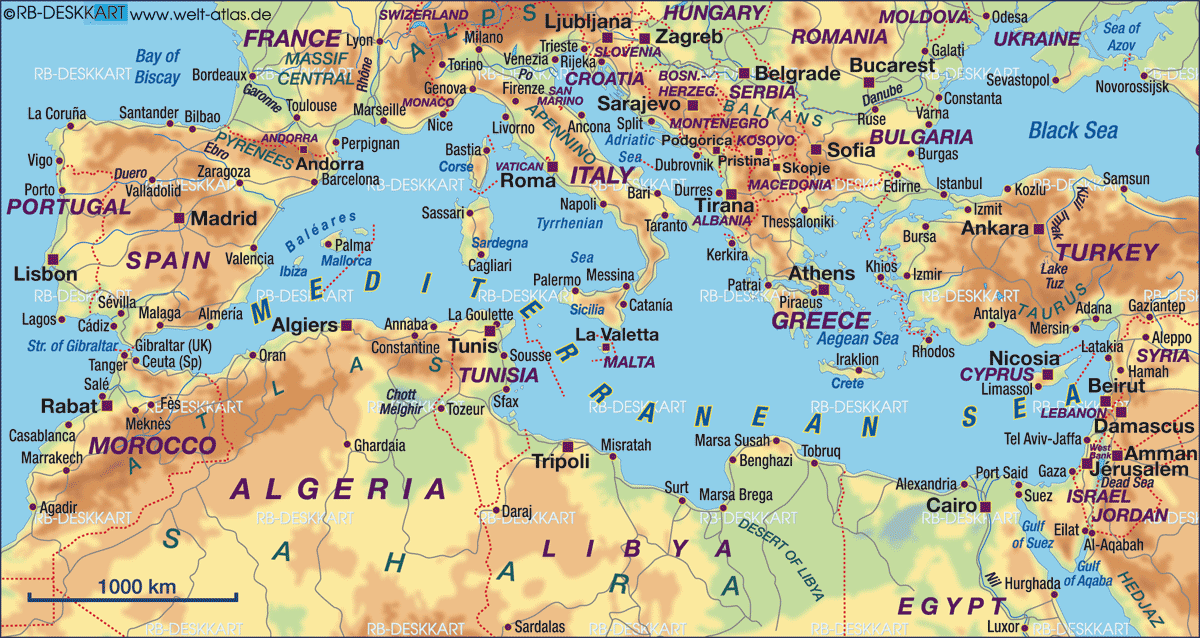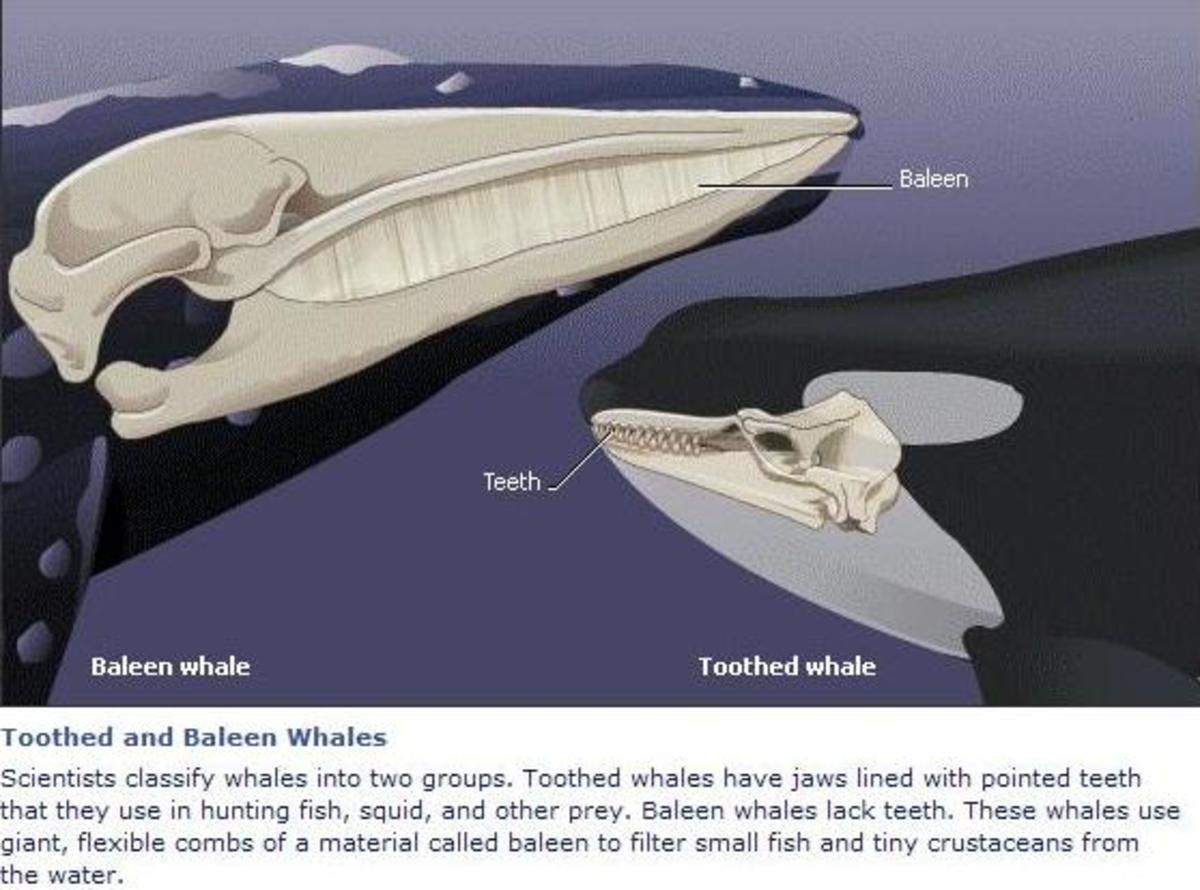- HubPages»
- Education and Science»
- Life Sciences»
- Marine Biology»
- Marine Life
Blue Whale
Scientific Name: Balaenoptera musculus
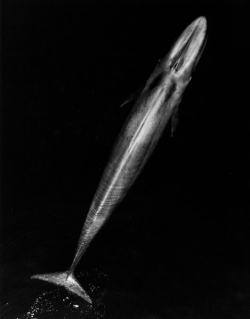
Blue Whale Description
You may know so simple facts about the Blue Whale, but this fascinating animal has such a story to tell. We are still mystified by it due to the sheer size of it and how long it has been around. There is plenty that we don’t know due to where they live. They are realistically too large to keep in captivity and the cost of feeding them would be ridiculous to say the least.
Exploring the world of the Blue Whale is one that you will enjoy. Perhaps upon doing so you will discover for yourself why we all have a responsibility to help protect his animal. They are considered endangered at this point in time. Unless more people step in to help them though the outlook for their future here on Earth looks quite grim.
Facts about Blue Whale
- Facts about Whales
Whale Facts and Information. Feeding, habitat, distribution, reproduction, anatomy and more. Facts about Species like the Blue Whale, Humpback Whale, Sperm whale, Beluga Whale, gray whale, bowhead whale, minke whale, fin whale, narwhal whale and pilo - Amazing Animal Facts
Amazing Animal Facts - The Portal of Animal Diversity. Visual index of animals. Dolphins, Whales, Penguins, Sharks, Tigers, Elephants, Flamingos, Otters, Killer
Blue Whale Anatomy
It is easy enough to say that the Blue Whale is the largest animal in the world. Yet what does that really mean? It means that this creature is as long as a bus and that they are even larger than any dinosaurs that we know about. They can be more than 100 feet long and close to 200 tons in weight. They have many colors associated with them including variations of blue, green, and white. They have a long and slim body that allows them to move with ease along the ocean.
All Blue Whales feature two blow holes and that allows them to take in lots of air. They will be able to dive into the water for food and not come back up for close to an hour. Younger ones can’t stay under as long but as they get older their capacity will increase. Once of the interesting things to look at on their body is the grooves under the throat that run all the way to the middle of the bottom of the belly. These grooves are for the processing of food through a filtering system.
Blue Whale Evolution
How did the Blue Whale come to be the magnificent animal that we have today? There are still many elements of that which we aren’t familiar with. There is evidence to indicate they have been around in some form though for more than 45 million years. They have been able to evolve into water animals from ones that were once able to walk on land. This has allowed them to survive in an environment where they can have all of their basic needs met.
Perhaps some day we will uncover more fossils of the Blue Whale which will provide us with the exact answers we seek. However, the focus now needs to be on keeping these animals alive instead of only a part of our past history. They aren’t able to evolve fast enough to keep up with all the changes that humans create for them.
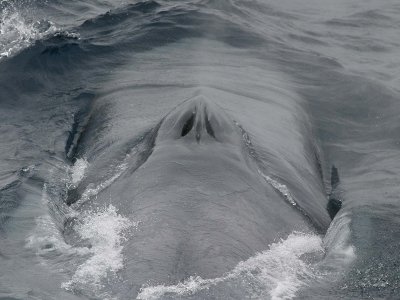
Interesting Sites
- Facts and Information about Sharks
Shark facts and information. Feeding, habitat, distribution, reproduction, anatomy and more. Facts about Species like Great white shark, whale shark, tiger shark, bull shark, hammerhead shark and many others. Image and video shark gallery. - Facts about Dolphins
Dolphin Facts and Information, feeding, habitat, distribution, reproduction, anatomy and more. Facts about the Bottlenose Dolphins, the Amazon Pink Dolphin, the Spinner Dolphin and the Common Dolphins among others as well as the conservation efforts - Sea Turtle Information
Sea Turtle Information, Anatomy, Feeding, Habitat, Reproduction and ConservationFacts about Green Sea Turtles, Loggerhead Sea Turtles, Leatherback Sea
Blue Whale Behavior
Since we don’t get to have Blue Whales in captivity a great deal about their behavior is a mystery as well. They tend to do quite well out there as isolated creatures but occasionally they will be seen as a pair or in very small groups. They do get along well when they come into contact during migration, in search of food, or for mating purposes. They generally aren’t aggressive in nature towards each other.
There is no denying the loud calling sounds of the Blue Whale though. They can be heard for many miles away. In fact they are the loudest animal in the world. Many times it will sound like an eerie type of whistling that is coming from the water. This sound increases in volume and frequency during the mating season as well because they use these calls to find each other.
Blue Whale Habitat
It is a myth that the Blue Whale only lives in the Indian Ocean. Such stories circulate though because this is where the vast majority of them are found. They do live in all the oceans around the world. They tend to stay in warmer waters though and they will live in deeper waters. That is why many people don’t realize that they are in the area because they don’t see them from the shore.
Blue Whales migrate in the winter months in order to find warmer water. During this period of time they can be found in places where they normally wouldn’t habitat. Migration patterns have been documented and many tourists travel to those areas in hopes of seeing these amazing animals as they move from one location to another.
Ocean Life Links
- Penguin Facts, Emperor Penguins, Adelie Penguins, King Penguins
Penguin Facts and Information. Feeding, habitat, distribution, reproduction, anatomy and more. Facts about Species like the Emperor Penguin, King Penguin, Humboldt Penguin and many others. - Facts about Seals
Facts and Information about Seals. Feeding, habitat, distribution, reproduction, anatomy and more. Facts about Species like the Harbor Seal, Harp Seal, Hawaiian Monk Seal, and many others.
Blue Whale Feeding Habits
Blue Whales don’t much of a selection when it comes to the food that they eat. Instead they consume millions of krill every day. They will eat more in the summer than in the winter though. During the winter they are able to survive due to the amount of fat called blubber that they stored up over the warmer times of the year.
The filtering system that they have allows them to consume the food they need and to remove the items that they don’t include the water. This process is very complex but at the same time it is very intriguing to learn about.
Blue Whale Reproduction
It is assumed that the Blue Whale reproduces just like other mammals in the water. We don’t know much about the specifics though due to the region where these animals are, deep in the waters of the ocean. They tend to be ready to mate about 8 to 10 years of age. A female will only have a pup every couple of years due to the fact that the mating season overlaps with the time of year when she will be ready to give birth.
It takes a full year from conception until they pup is born. It is ready to swim instinctively when it is born. They aren’t small and defenseless like some animals in the water. They are huge at a size of about 20 feet and about 3 tons in weight when they arrive. They aren’t ready to consume krill though until they are about six months old. Until that time they will survive off of the milk their mother’s produce.
They grow at an amazingly fast rate by gaining about 200 pounds a day. They will consume milk from their mother for the first six months of life before beginning to hunt for their own food. They will remain with their mother for about another six months before separating.
- Facts about Pollution | Effects of Pollution
Pollution Facts and Information. Effects of Pollution in the Environment
Blue Whale Predators
The Blue Whale does survive well due to its size. They don’t have any natural enemies except for the Orca. They may become something that the Orca wants but they won’t give in without a fight. In fact, many Blue Whales out there have the scars from their battles with them to prove that they aren’t easy prey at all.
Of course many humans love the thrill of the kill for such a huge animal. This became such a problem that the government had to step in around 1966 and make it against the law to do so. Of course we all know too well that people will continue to break the laws so that isn’t enough.
Due to the illegal hunting by humans as well as global warming and pollution in the ocean, the Blue Whale is an endangered animal. There are an estimated 12,000 out there still remaining. If we all do our part though they will have a bright future and they can start to get their numbers to increase.


